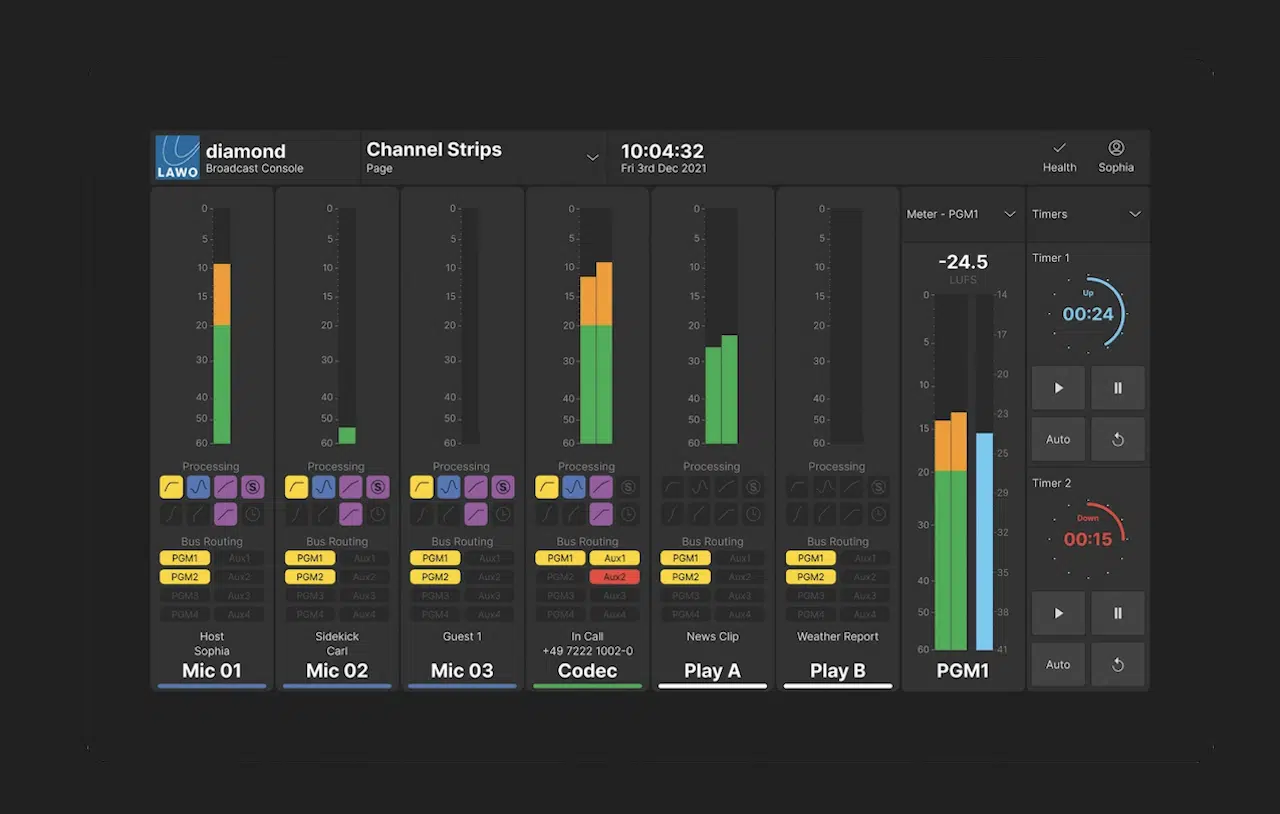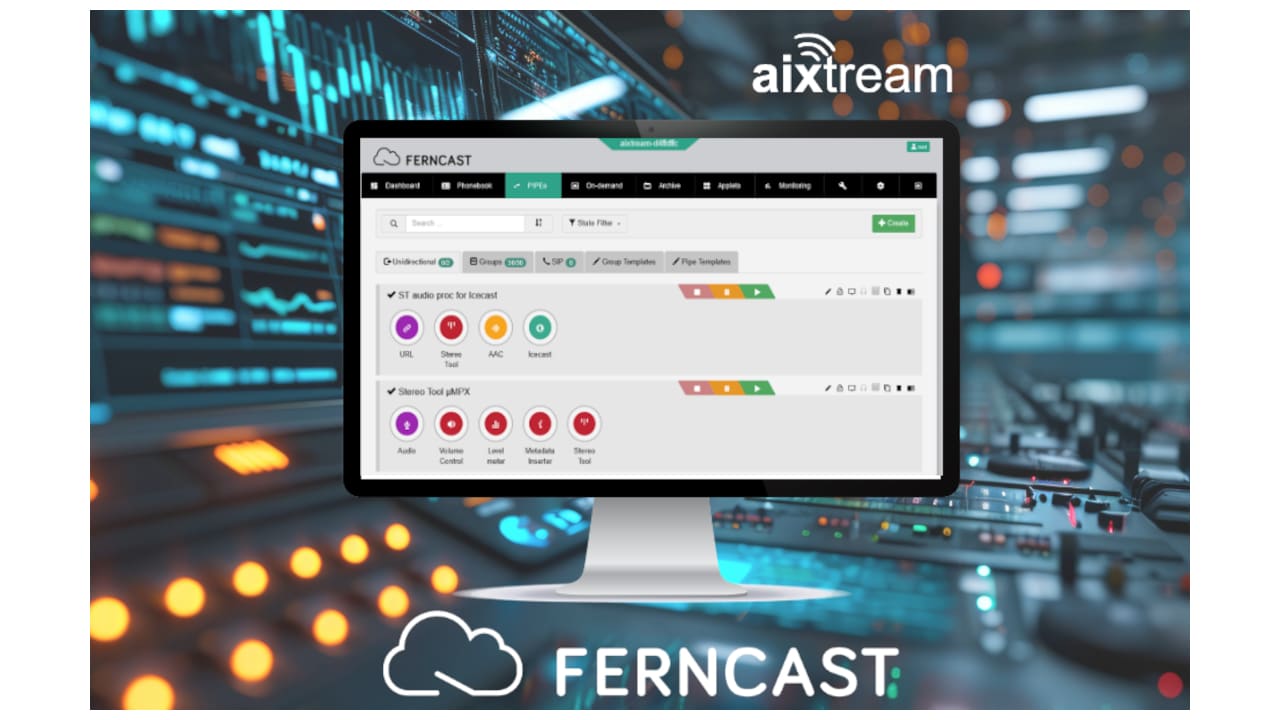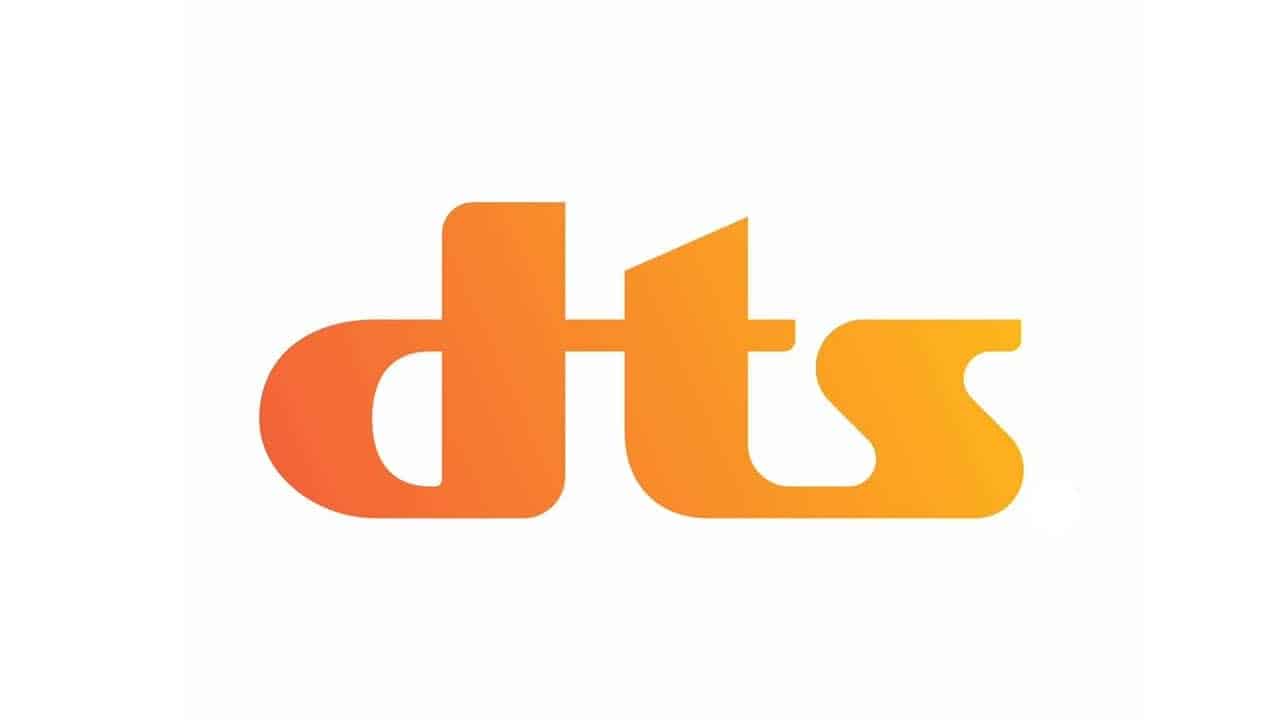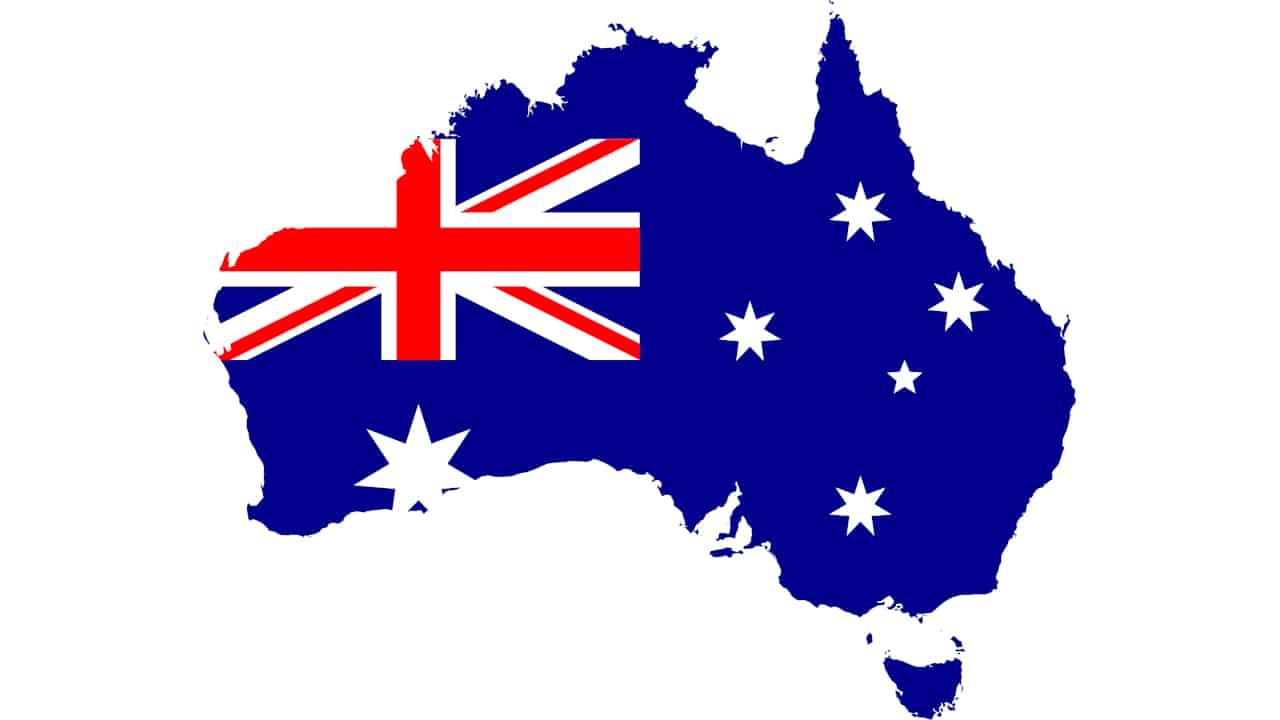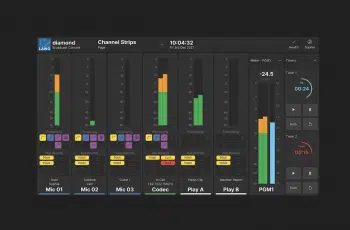
Day 2 of RedTech RadioWeek 2023 delved into one of the most important strategic themes in today’s rapidly evolving radio broadcast and digital audio sectors: Data. Not so long ago, radio stations relied on seasonal listener figures from interviews, extrapolating from small, static samples to steer strategic decision-making. Now, broadcasters and streaming services can tap into vast swathes of first-party data from multiple sources to make sense of their audiences. But how exactly do they do that?
RedTech’s Head of Strategy, Omar Essack, moderated the discussion, exploring the opportunities and challenges with today’s panelists, who included Creighton Greene, Cofounder of Audience, a leading media-focused data analytics company; Melissa McNally, Research and Analytics Manager at Kagiso Media, one of Africa’s most prominent media groups; Tapas Sen, CPO of Mirchi, a nationwide network of private FM radio stations in India, covering 63 urban areas; and Chris Williams, the former GM and CPO at iHeartMedia.
What is first-party data?
Greene kicked off the discussion by explaining what first-party data is and the opportunities this information brings to radio businesses. He pointed out that it helps to get to know who your audience is and their hobbies, so you can personalize and customize content and offer audiences what they want.
McNally shared anecdotes as to how first-party data is steering Kagiso Media’s strategy. She detailed how her company is using the data to gather insights to understand the individual, the audience and over and above that. Kagiso is using first-party data in a number of ways, such as for content generation, providing what appeals to the listeners, which she says generates ROI for the station and a better experience for the listener.
Williams agreed that first-party data allows for users to create better content by extrapolating information about people who interact with their radio station to gather insights to be more precise in the way the radio station is able to target ads and personalize content. He describes it as offering a larger data set that shows what actually is going on in their broadcast experience.
Some challenges
Sen touched on how much Mirchi loves data; far more than many other media companies in India. He said, however, that there are some geography-specific challenges. And for traditional radio, data is very limited. He sees this as an issue for stations running operations without a digital backbone, and explained that for traditional radio, Mirchi is using first-party data to tweak programming but not target ads. He can see the benefit of using this data for streaming media.
Williams suggested that it’s possible to expand that one percent of information that you know about your listeners on traditional media through the use of social media and websites, etc., to extend the participant pool and start collecting an increasing amount of information.
McNally agreed that it’s not a one-size-fits-all approach. “There is a lot changing in our ecosystem and we need to start adapting according to the different techniques.”
Quality is king
Green added that the key is “to own your own audience and build it in a way that it will benefit all sides of your business. That’s the challenge, but that’s what it’s all about.”
In conclusion, everyone agreed with Sen’s statement when referring to the tech giants, “You can’t compete with numbers, you can compete with quality. Trust is radio’s biggest asset.”
If you want to learn more about how data can steer your organization, you can watch the full discussion below.



